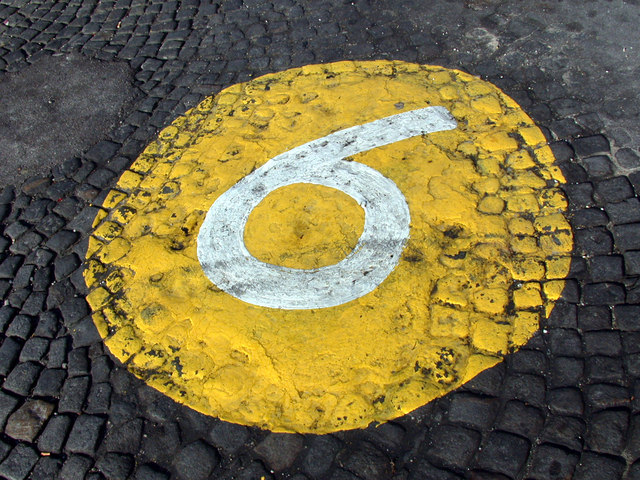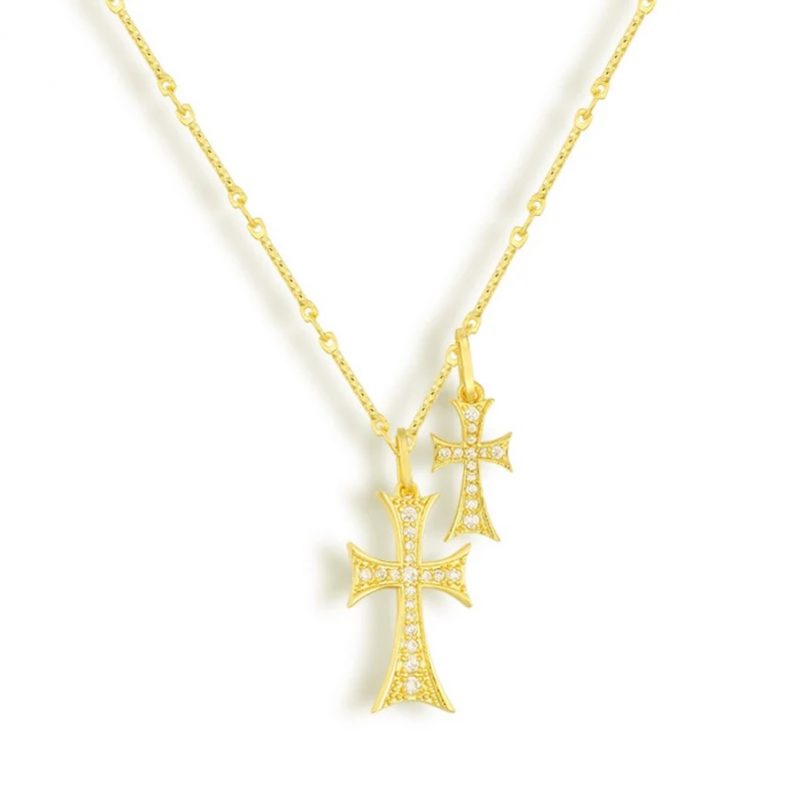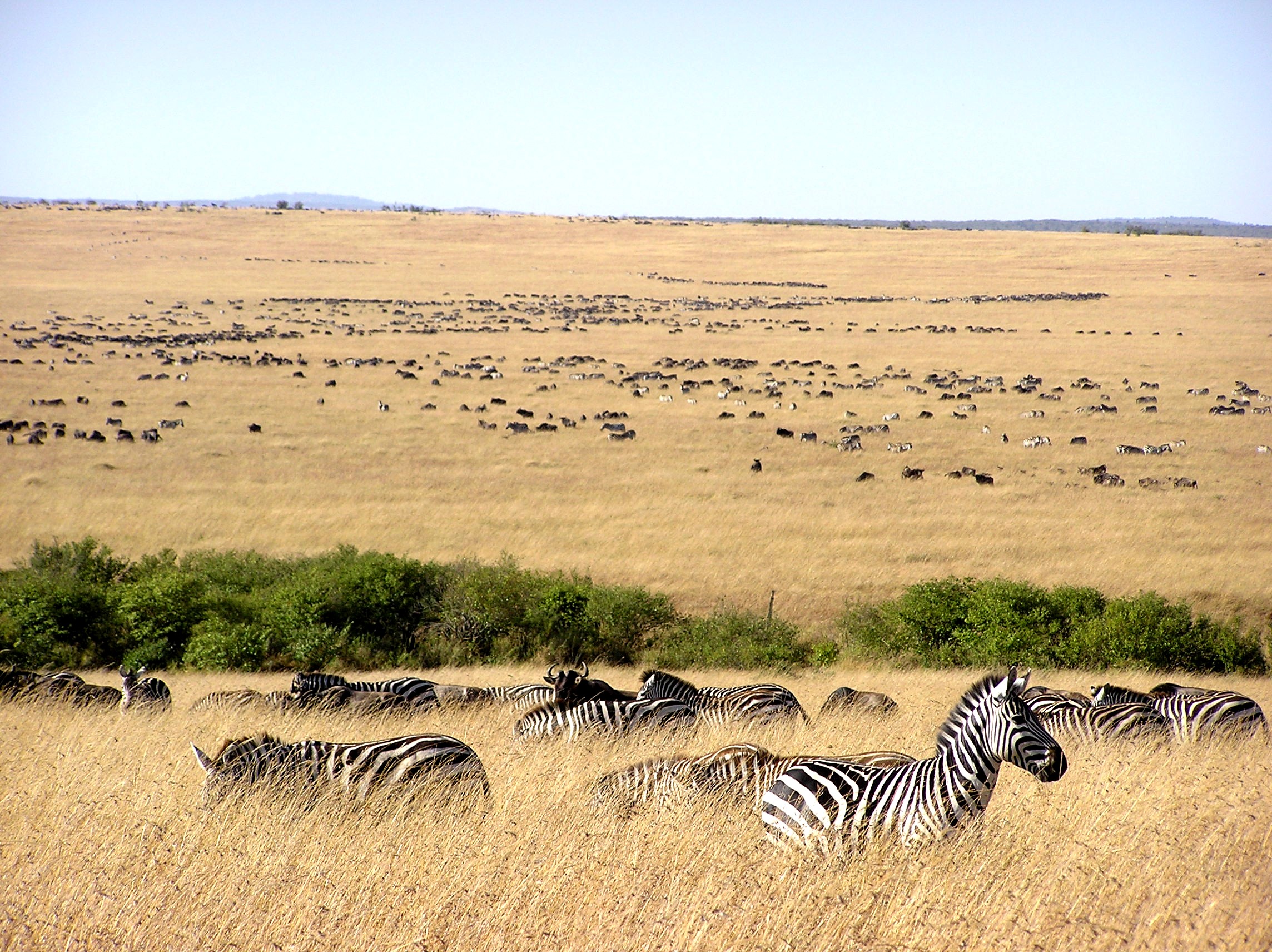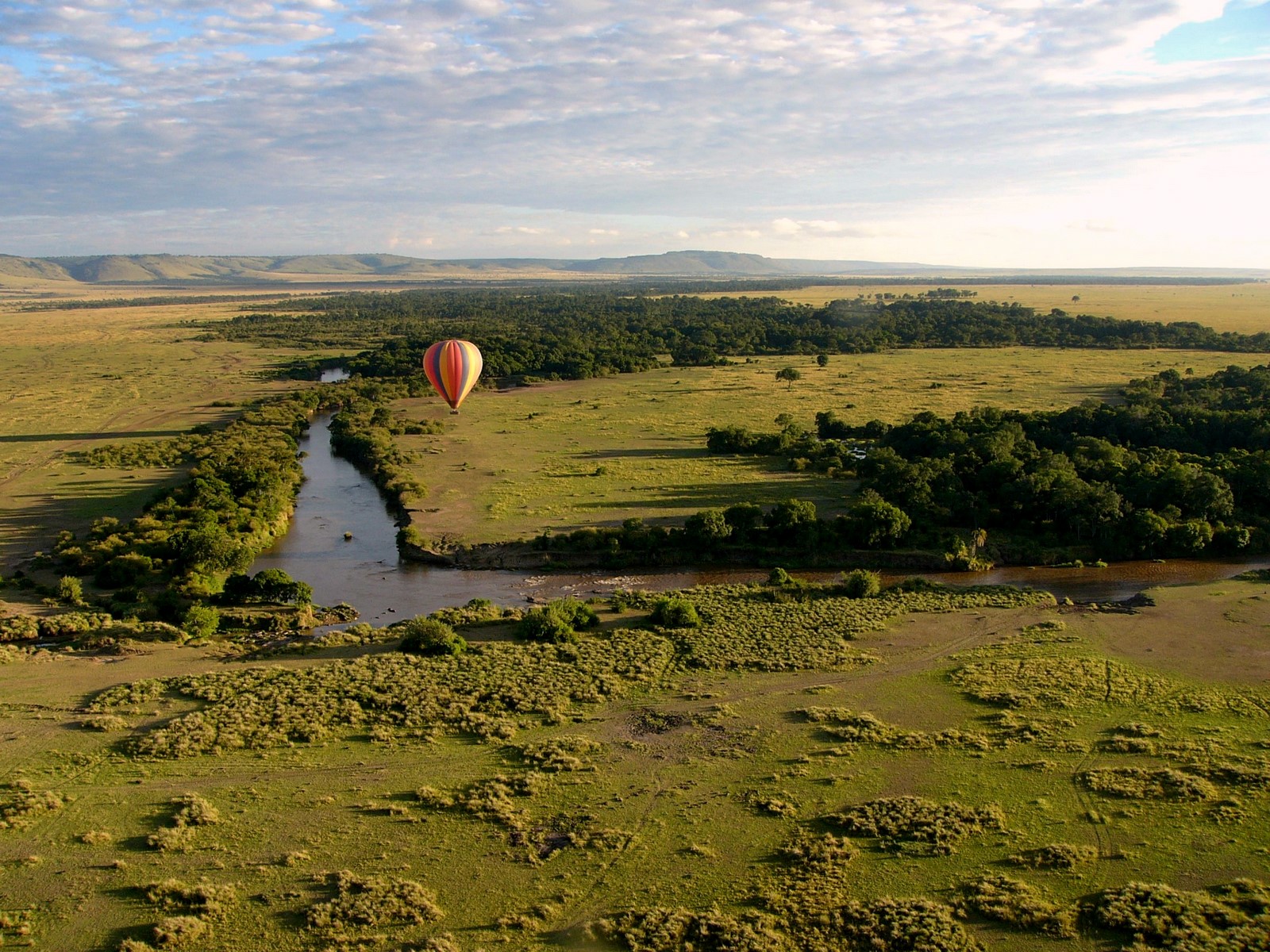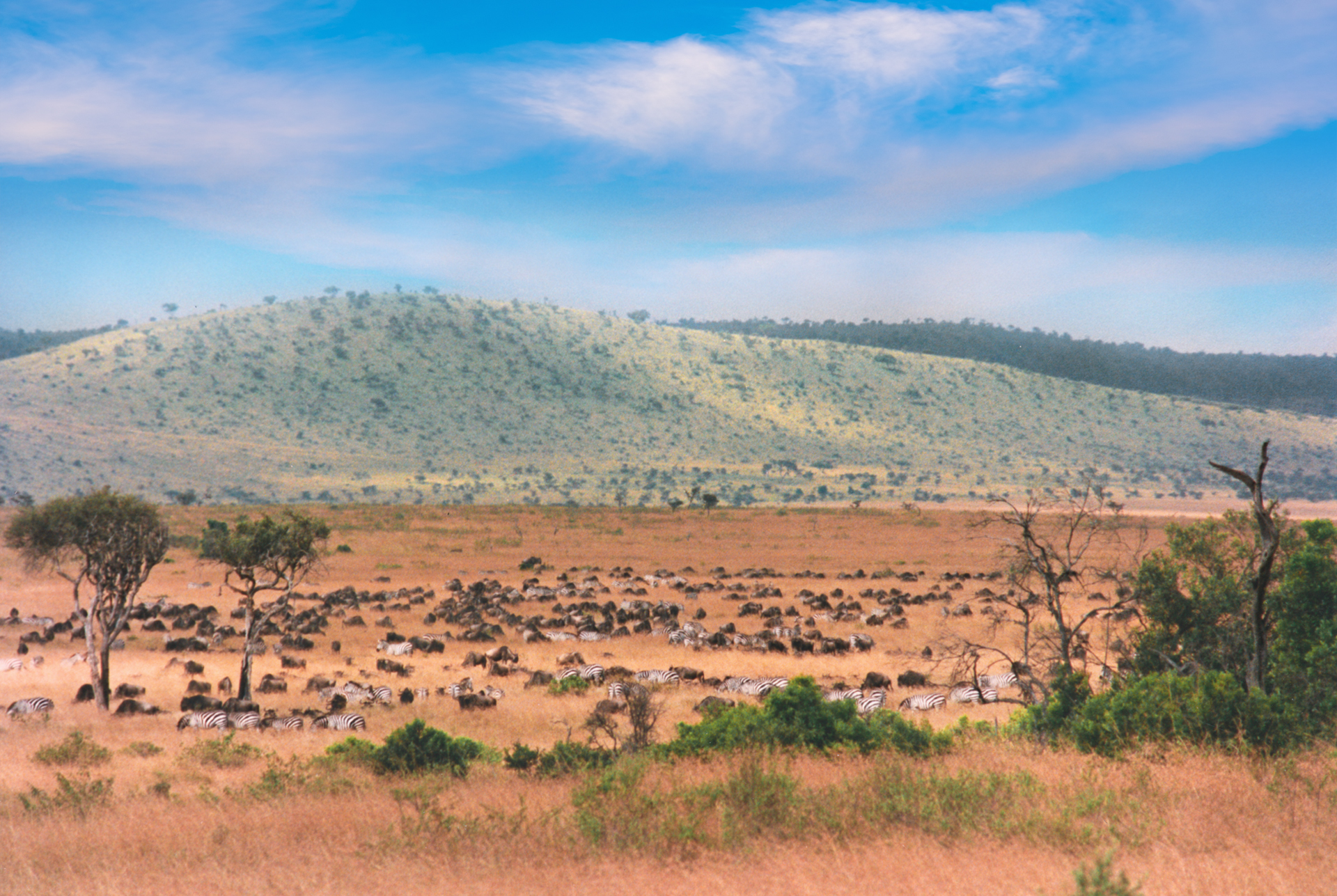6 Maasai Ceremonies
1) Enkipaata
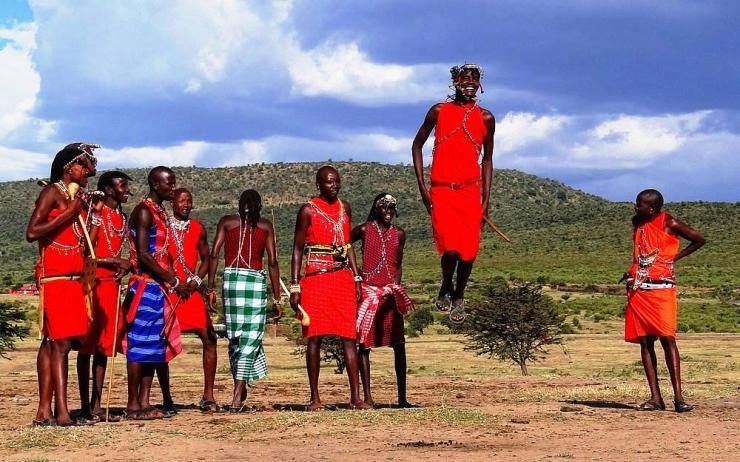
6 Maasai Ceremonies
Enkipaata is a circumcision ceremony symbolizing transition into the next age-set, prepared and organized by the father. It happens between 12 to 16 years of age and is the first coming of age initiation of a young Maasai boy. They paint his face with white chalk and shave his head. Then he moves towards the site of the operation. The male members shout words of encouragement along with threats and nasty looks. The elder then circumcises him soon before sunrise inside a small tent. The boy must endure the pain in silence. A male Maasai rarely denies circumcision, as he has to prove to the community that he has passed from childhood to adulthood to become a warrior. Therefore, he looks forward to this initiation rite.
2) Emuratare
One of the most important Maasai initiation is Emuratare elevating the boys from childhood to adulthood. Planning takes 4 months during which each will prove that he is ready by exhibiting signs of a grown-up, such as carrying a heavy spear or traveling by himself at night. For 7 consecutive days, the boy must herd livestock and bring them back home at dusk. On the 8th day, he stands outside in the cold weather. After that, he receives a cold shower to cleanse himself of past sins. The boys choose a chief who takes on the sins of the group. Because of this responsibility, it is a very undesired position.
3) Olomaylo
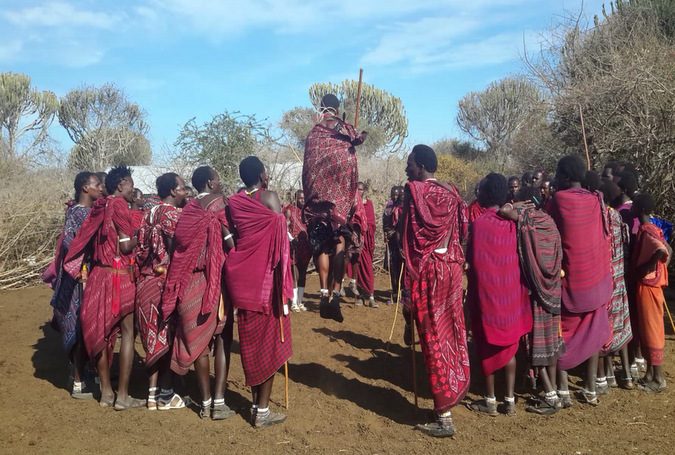 Junior Maasais have to carry out a very daunting and daring task called olomaylo to test how courageous they are. The task is to fight a lion and escape from it. However, in recent times due to wildlife endangerment reasons, it is prohibited. It was uncommon to allow outsiders to attend this ceremony.
Junior Maasais have to carry out a very daunting and daring task called olomaylo to test how courageous they are. The task is to fight a lion and escape from it. However, in recent times due to wildlife endangerment reasons, it is prohibited. It was uncommon to allow outsiders to attend this ceremony.
4) Emanyatta
The next step is to form the Emanyatta selected randomly by a Maasai prophet, which is a warrior camp consisting of between 20 and 40 houses. The 10-day ritual takes place in this enclosure within the compound built for the occasion. A delegation of youth travels throughout this land portion for about 4 months, escorted by elders. Warriors must entertain the prophet with song and dance throughout the ceremony. The dance can become competitive. Men gather in a circle, and one by one will begin jumping, never letting the heels touch the ground. The higher the jumping, the more appeal he has to the young girls looking on. All the while, people forming the outer circle sing with pitches that go with the height of the jump. The boys sleep in the forest until the night before the final ceremony, which is called Eunoto.
5) Eunoto
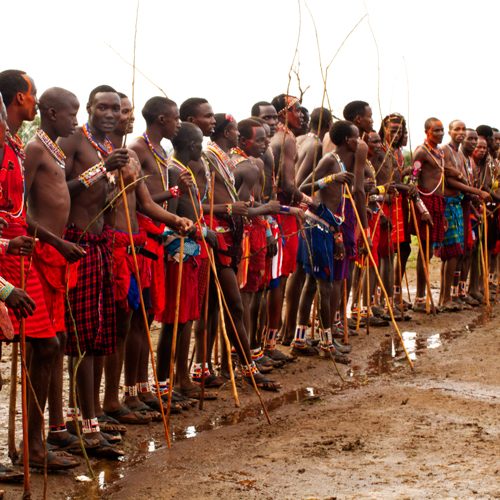 At the dawn of the day of Eunoto, wearing loose clothing, the young Maasais run to their homestead with an aggressive new attitude and put on an act as if they have come to raid it. The horn of greater kudu is used to summon people for a whole day of singing and dancing which involves flirting. This initiation ceremony that usually lasts for 10 days takes place in the village chosen by the laibon. After 10 years of junior warriorhood, Maasai boys now become senior soldiers through this elaborate Eunoto ceremony which they hold once every 15 years. Eunoto ceremony marks the beginning of their acceptance into adult life, although for many it marks the end of their free time. The ceremony features singing in front of elder warriors. Then the warriors have their first sip of alcohol made out of fermented roots of aloe and honey. This ritual represents the release of his regenerative potentials. After that, they slaughter a specially chosen bullock and the leader drinks the blood from its neck. They eat the meat prepared by the women of the camp. The animal’s horn is set on fire, and each warrior is forced to take a piece before it is completely burnt. If they refuse to take the horn, the entire age-set will be cursed. After the ceremony, the warrior is allowed to drink milk for the 1st time since circumcision. Maasais consider milk as a potent symbol of procreation. The newly appointed warrior must marry immediately after the Eunoto ceremony.
At the dawn of the day of Eunoto, wearing loose clothing, the young Maasais run to their homestead with an aggressive new attitude and put on an act as if they have come to raid it. The horn of greater kudu is used to summon people for a whole day of singing and dancing which involves flirting. This initiation ceremony that usually lasts for 10 days takes place in the village chosen by the laibon. After 10 years of junior warriorhood, Maasai boys now become senior soldiers through this elaborate Eunoto ceremony which they hold once every 15 years. Eunoto ceremony marks the beginning of their acceptance into adult life, although for many it marks the end of their free time. The ceremony features singing in front of elder warriors. Then the warriors have their first sip of alcohol made out of fermented roots of aloe and honey. This ritual represents the release of his regenerative potentials. After that, they slaughter a specially chosen bullock and the leader drinks the blood from its neck. They eat the meat prepared by the women of the camp. The animal’s horn is set on fire, and each warrior is forced to take a piece before it is completely burnt. If they refuse to take the horn, the entire age-set will be cursed. After the ceremony, the warrior is allowed to drink milk for the 1st time since circumcision. Maasais consider milk as a potent symbol of procreation. The newly appointed warrior must marry immediately after the Eunoto ceremony.
6) Orngesherr
The last age set’s service is Orngesherr. Maasais perform it in a selected camp of 20 or more houses. It marks the beginning of the transition of a junior elder to senior elder. The warrior status elevates to a more responsible elder. Early in the morning on the day of Orngesherr, the man will sit on an elder’s chair, and his oldest wife shaves off his head. They keep this seat throughout the rest of his life until it breaks off. If not broken within his lifetime, he passes it on to his son. As the day closes, he takes charge of warriorhood, and that completes the transition. After this ceremony, he becomes an elder and gains complete responsibility of his family. Orngesherr typically happens when he’s in his 30s.
To receive a colourful digibook about Maasai with videos, images and text, please fill out the following form or simply email us on safaris@safari-center.com

